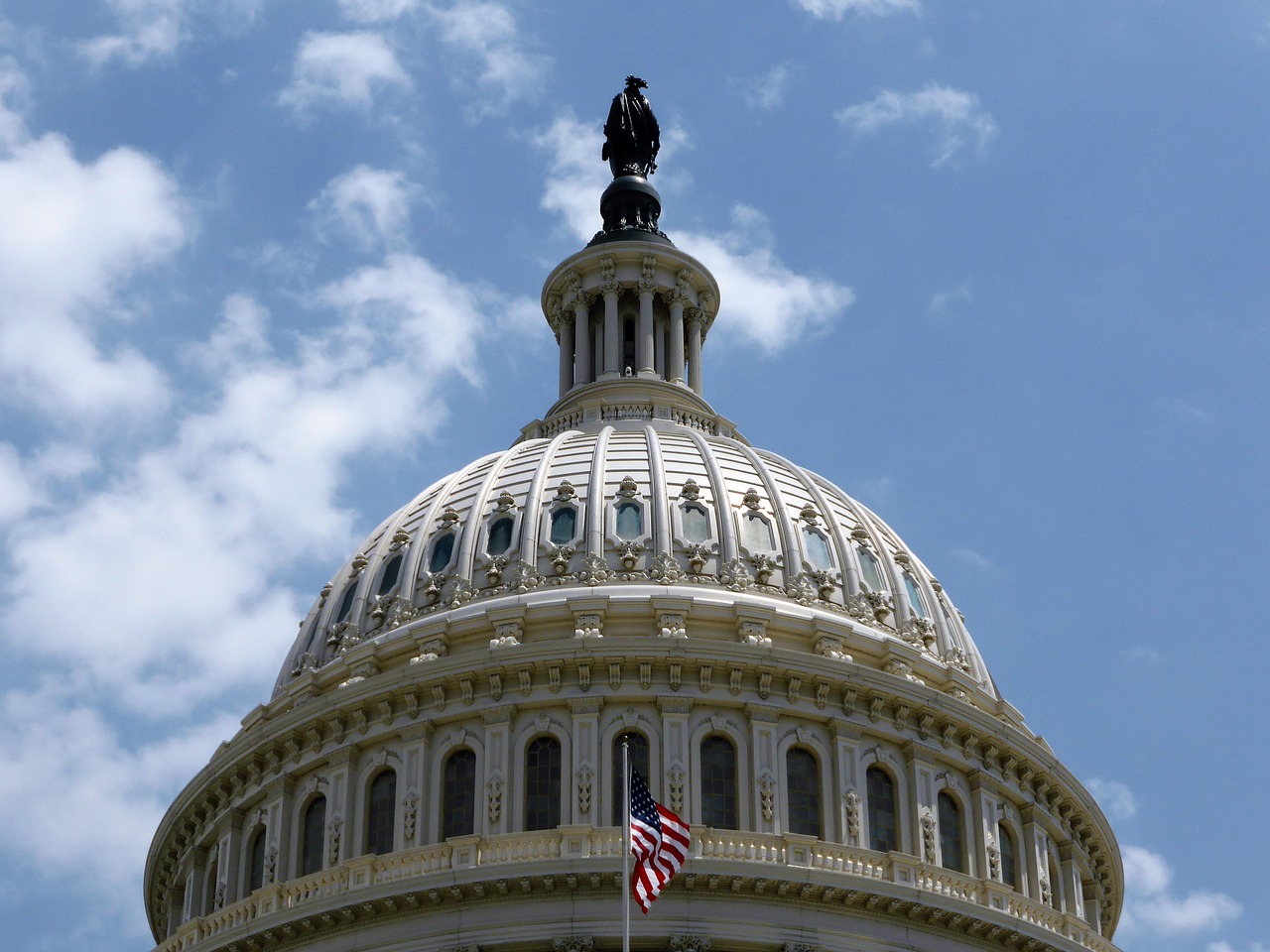In the Hot Seat: The Path to a Peter Roskam Loss
The sixth U.S. Congressional district of Illinois has not belonged to a Democrat since the early 1970s. But a blue tide is brewing across the country in the age of Donald Trump, and doesn’t show signs of slowing down until well after the November midterm elections.
Cook Political Report recently rated the district as a tossup, though they did give the Republican Party a slight advantage in the race. Peter Roskam currently represents the district, but his blind support of President Trump has caused significant backlash amongst his constituents.
Sean Casten waged a strong primary campaign against his Democratic rivals prior to being victorious in the March 20th primary. As an expert on climate change, Casten based much of his campaign around the need for elected officials that understand the threat that the world is facing. He’s called out Roskam on his lack of awareness about climate change and promises to be voice of reason and expertise if elected to office.
Casten also stands against Roskam’s decision to vote for the repeal of the Affordable Care Act. The incumbent Republican faced tremendous backlash for his decision to vote in favor of the repeal and has since had to duck calls for town halls from across the district. Protestors later even stood outside of a banquet hall where Roskam was attending an event in hopes of getting his attention. But because he is either too scared or too ignorant, these protests went largely ignored by the congressman.
Now that he’s facing a significant challenge for his job, Roskam has invited Casten to a series of debates leading up to the November election, despite his past refusal to speak before his constituents. This shows that the incumbent is scared for his political future which certainly bodes well for Democrats hoping to unseat him. Roskam won’t go down easy, but the fight that Casten and the Democrats will be strong.
Casten faced some strong opponents in her primary race, but none were able to garner enough support to win. While Kelly Mazeski picked up some key endorsements and came in a close second, it’s important to keep in mind that Casten has a unique background that would help Congress immensely. As a scientist, Casten would provide the House of Representatives with the exact information it needs to effectively act against climate change. This alone should encourage Democrats in the district to vote for him even if he wasn’t their top choice in the primary.
Though Casten may not have a background in politics and government, his track record shows that he is everything Peter Roskam is not. And that just may mean that he is everything that the sixth congressional district needs. While political experience and knowledge is an aspect to consider among the various crucial factors, Congress needs fresh voices more so now than ever. Nothing will ever change if a regular every day person does not have the power to represent citizens in government. In fact, these same people are often much more in touch with their fellow constituents than longtime incumbents like Roskam have ever been.
The path to defeating Roskam will not be simple, but it is certainly feasible. The Casten campaign does not have the same monetary support as Roskam, but as the blue wave gets stronger that may change. As was seen with Marie Newman’s meaningful but ultimately unsuccessful race to unseat Dan Lipinski, Democrats will be given nationwide support if the campaign gains enough traction in the media.
Though Roskam has a much larger bankroll, it’s clear that the backlash he has faced may supersede any success that his money can buy. It should come as no surprise that a congressman that ignores his constituents may need to do a little rebranding of his image before he can shrug off a challenger.
This race is a classic example of the blue wave that many Democrats are hoping to see in November 2018. Hillary Clinton defeated Donald Trump in this district by a margin of seven percentage points. Roskam still won his reelection bid that same year by an overwhelming margin, but that was before the backlash against him truly began.
Democrats need someone that can energize their base in the district and keep the blue wave movement going. In order to win, the left will need to vote in much larger numbers than they did in the 2018 primary. Unlike Democratic voter turnout across Illinois, party turnout in the district was down from the previous primary election in 2016. Because this race was so crowded with seven candidates vying for the nomination, it makes sense that turnout would be a bit lower. Even still, Democrats will need to energize around Casten in order to defeat the powerful Roskam. Casten only won one county in his primary bid compared to Mazeski’s victory in the other four. However, the majority of votes lie in the county where Casten won. As long as the same voters who showed up to support Mazeski also vote for Casten in the fall, it is more than feasible for him to have a legitimate shot at unseating his incumbent opponent.
In a political climate where the president and his fellow Republicans deny the existence of the condition the world is in, it is crucial for climate change to be recognized by as many people in Congress as possible. Casten not only recognizes that it exists, but has a background and expertise that would be instrumental in eventually creating policy that could help minimize the harm that has been inflicted on the planet. While the general election is still far away, it is likely that this district could be one of most crucial for the blue wave movement happening across the United States.




